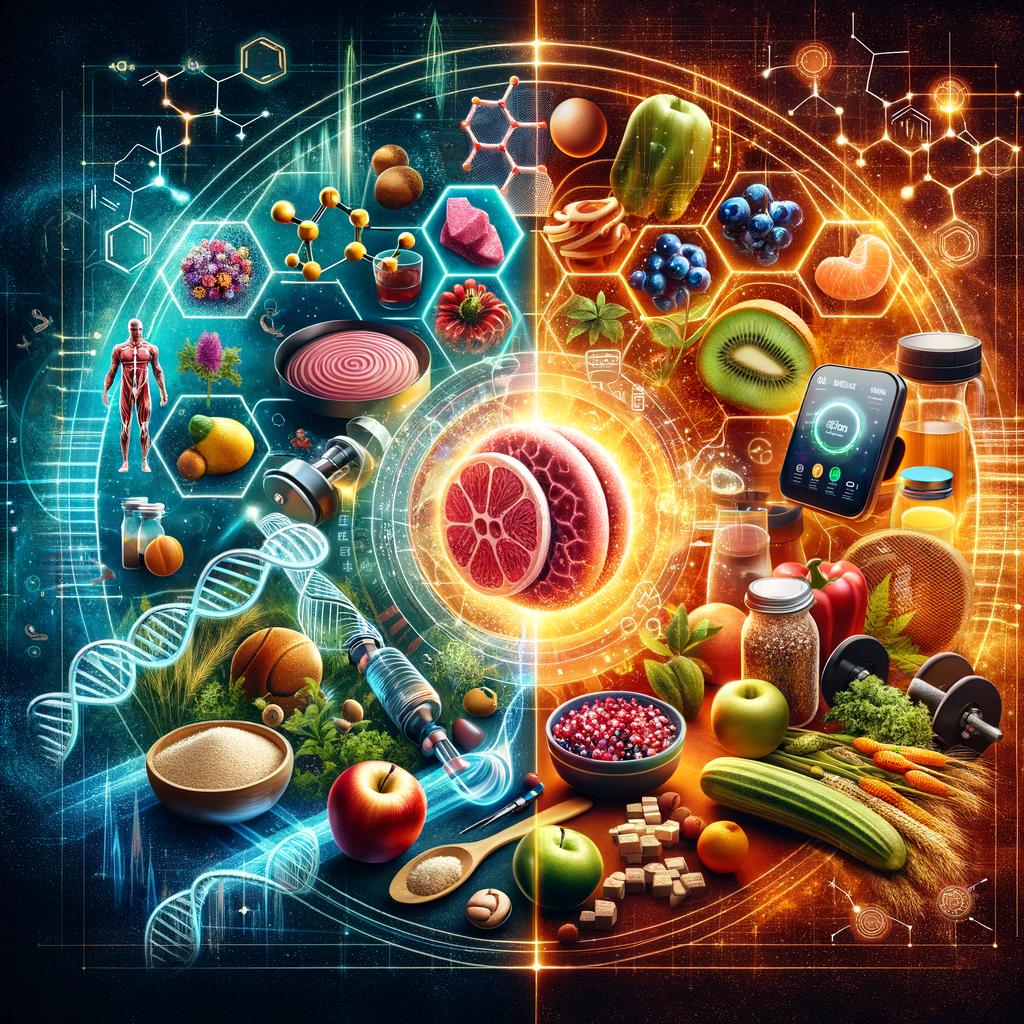
An Appetizing Introduction to the Keto Diet
What foods are allowed on the Keto diet? You’ll find the answer to this burning question simpler than slicing salami — on a Keto diet, you primarily focus on consuming high-fat, moderate-protein, and low-carb foods. The keto diet means kiss goodbye to grains, sugar, fruits and tubers and say hello to meat, leafy greens, above-ground vegetables, high-fat dairy, nuts and seeds, berries, and other keto-friendly foods. Indeed, to help you grasp the gourmet galaxy of the Keto diet, we’re going to dig deeper into what foods you can enjoy, which to be wary about, and ones to entirely avoid.
The High-Fat Heroes of the Keto Diet
In the keto diet, fats are your friends and foes alike, an ironic antithesis considering fats are usually seen as dietary devils in regular diets. The mainstay of your keto food plan should be natural fats like butter and olive oil, meat, fish and seafood, eggs, and cheese. These are the real ringmasters of the Keto circus. Notwithstanding, even within this category, there are some items that are more keto-esque than others.
Make Fats Your Friend
Top of the fat pops are natural fats like butter, olive and coconut oil. They can be generously used in cooking, baking or as a decadent lump atop your fish or meat. It’s like riding culinary first class on the Keto express!
The Protein Players: More Than Just a Supporting Role
In the performance of the Keto diet, while fats certainly command the leading role, proteins are also vital co-stars. You can get your protein from both animal and plant-based sources, but remember – the Keto diet is not high protein, but moderate. Foods like meat, fish, and eggs are the most common protein staples in a Keto diet.
Meat and Seafood
Most meats are high in protein and devoid of carbs, making them fit for a feast in the Keto world. Wild-caught seafood and shellfish are also good choices as they are rich in omega-3 fats and are wonderfully versatile in Keto-friendly recipes.
Low-Carb Veggies: The Keto Diet’s Secret Weapon
An antithesis in the food world, low carb veggies are a precious gem in the Keto diet landscape. Adding them to your plate ensures you get plenty of fiber and benefit your diet in more ways than one. Although all veggies are technically not created equal in the Keto context, green and leafy ones, cucumber, zucchini, bell peppers, and more can always make their way into your Keto meal.
Nuts and Seeds: A Source of Healthy Fats and Fiber
If you’re looking for a quick snack that matches perfectly with your Keto principles, nuts and seeds sit at the top. They are an excellent source of healthy fats, protein, fiber, and a variety of other nutrients.
Conclusion: The Keto Diet is a Delicious Challenge
In the end, the Keto diet invites you to a world of culinary creativity where you can indulge in all the fats you’ve been told to fear. While there are certain amendments you need to make in your everyday food choices, the Keto diet is far from limiting. It’s just a matter of taking the plunge into this dietary protocol, keenly knowing what to include, limit, and exclude from your meals.
Frequently Asked Questions
1. Can I eat fruit on the Keto diet?
Yes, but only berries, and in moderation as they are low in carbs and high in fiber.
2. Are all vegetables allowed on the Keto diet?
No, only non-starchy vegetables, mainly green and leafy ones, are encouraged.
3. Can I drink alcohol on the Keto diet?
While it’s better to avoid, if you must, opt for hard liquors or dry wines as they contain fewer carbs.
4. Is chocolate allowed on the Keto diet?
Yes, but it must be dark chocolate with a minimum of 70% cocoa content as it’s low in carbs.
5. How much protein can I eat on the Keto diet?
The Keto diet encourages moderate protein intake, which is generally around 50g per day, but it may vary based on individual needs and levels of physical activity.


